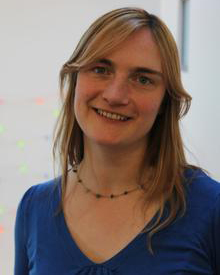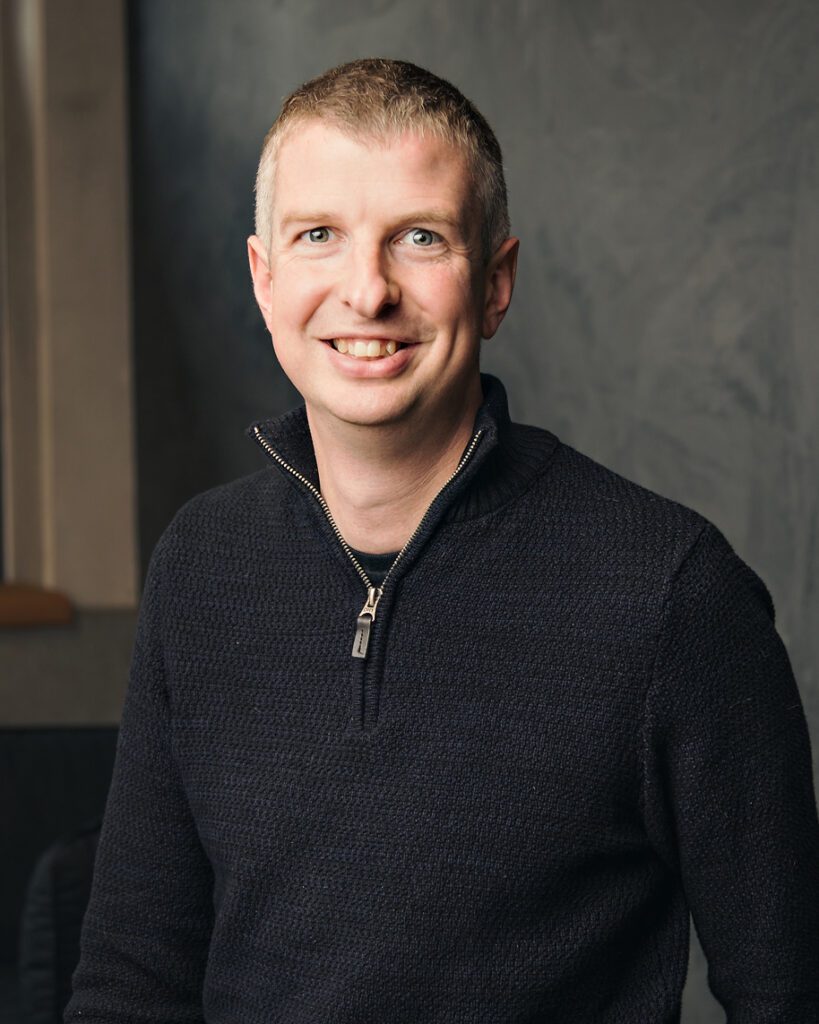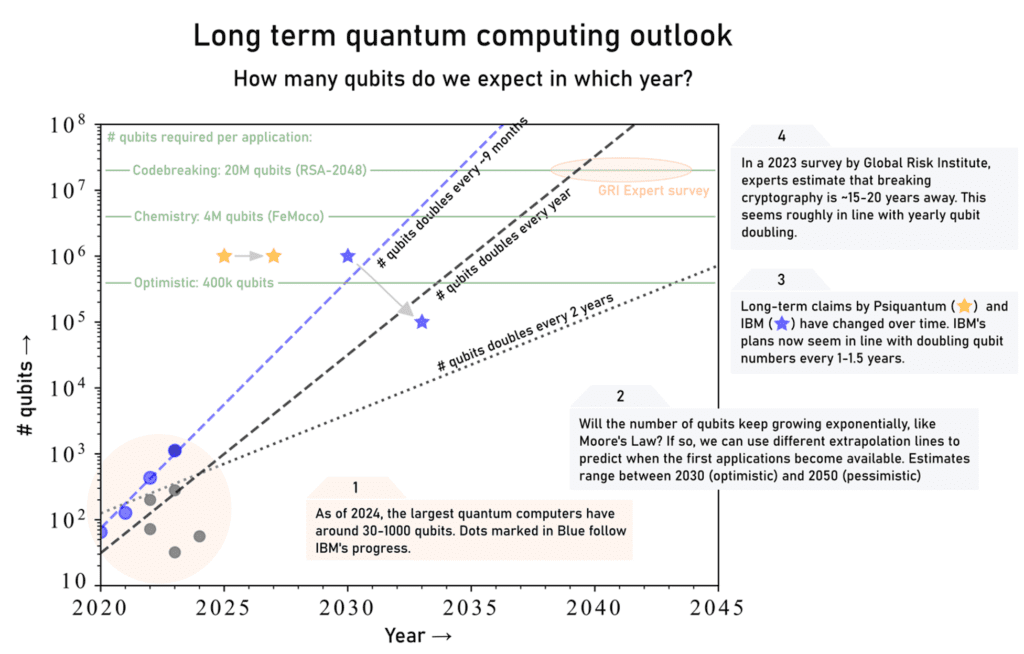Artificial Intelligence
Materials
Net zero
Quantum
Robotics
Where digital meets decarbonisation. Can the UK turn convergence into competitive advantage?
Reading time: 3 mins
Hype and a lack of context are to blame for knee-jerk reactions, but industry is confident in short and longer term goals
Nvidia CEO Jensen Huang, sporting a Tom Ford shiny black leather jacket, rattled the financial markets and tech commentators last week with his claim that very useful quantum computers are 15 to 30 years away. Speaking at CES 2025 in Las Vegas, Huang praised the potential of quantum computing but emphasised the significant challenges in scaling the technology to practical, fault-tolerant systems.
While many in the quantum community agree with Huang’s realism, others believe his timeline overlooks the substantial advancements already being made in the field. Industry leaders, academics and analysts have provided valuable context to Huang’s remarks, highlighting both the long-term challenges and the near-term opportunities.
Huang’s comments certainly reflect a widely shared understanding among experts that very useful, fault-tolerant quantum computing (FTQC) is still a daunting challenge. Professor Ruth Oulton, a quantum photonics expert from the University of Bristol, supports Huang’s timeline, noting that the development of cryptographically relevant quantum computers (CRQCs) aligns with his projections.

“The data I use to advise government, from the ‘Global Risk Institute,’ suggests that most experts predict a CRQC will emerge in around 15 to 20 years,” Oulton says.
Oulton elaborated on the technical challenges, particularly the exponential growth in qubits required to reach a CRQC.
“A very rough estimate is that a CRQC with 20mn qubits probably represents the compute size needed for widespread utility scale QCs. To achieve this, the number of qubits would need to double every nine months – an extremely punishing schedule,” she explains. This exponential growth requirement mirrors the pace of Moore’s Law but in a much more complex and experimental domain. Even small delays in scaling qubits could push timelines significantly further out, Oulton adds.
This is why Oulton believes Huang “has done his homework,” pointing out that despite recent headlines, “he seems to be very enthusiastic but realistic about QC.”
Although companies such as Rigetti Computing and IonQ, whose share prices have taken a tumble as a result of Huang’s speech, may not take a lot of immediate comfort from this, they are right to feel a little aggrieved that the financial markets have taken Huang’s comments out of the context of the industry as a whole. Yes, everyday fault tolerant quantum computers are probably 20 to 30 years away but quantum computing is already relevant and working today.

“The key question is what Huang means by ‘very useful’,” asks David Grimm, partner at Albion VC, who underscores the distinction between quantum’s near-term potential and its broader ambitions. “I believe we’ll see quantum computers become practical much sooner, but only for highly specific tasks like materials or drug discovery. Fully fault-tolerant quantum computing that could disrupt day-to-day computing tasks is still a long way off.”
According to Jason Soroko, senior fellow at Sectigo, “quantum computers have mostly followed a linear progression of advancement, building up the number of stable qubits,” he says. “We have to anticipate that there will be some ‘eureka’ moments that could accelerate this advancement.”
To be fair, those moments are already happening. In December, Google unveiled its latest 105-qubit quantum computing chip called Willow. However, Hartmut Neven, head of Google’s Quantum AI lab, did indicate that while this represented a significant milestone, a commercially viable quantum computer capable of solving a broad range of real-world problems is not expected before the end of the decade.
While Huang’s timeline for FTQC is realistic, many argue that his remarks undervalue the tangible progress and near-term applications already being achieved.
Richard Murray, co-founder and CEO of ORCA Computing, says the growing success of hybrid quantum-classical systems show that quantum computing technologies can deliver value today.
“What he’s missed is there’s actually quite a diverse range of approaches being taken in the quantum computing industry,” says Murray. “You have a much smaller-scale quantum computer working side by side with classical computers as an accelerator model.”
Murray adds that it’s also important to remember that quantum, “is not a single-track field.”
“We’re seeing developments in analogue systems, photonics, and trapped ions, all of which have different timelines and applications. It’s not just about fault tolerance, it’s about solving problems today and iterating from there.”
Yuval Boger, chief commercial officer at QuEra, which already operates through AWS cloud services, also points to advances that demonstrate quantum’s near-term value.
“Quantum computing has made significant progress, and we see a path where quantum systems will provide valuable capabilities within the next four to five years,” Boger notes. “Already today, organisations are exploring ways to leverage quantum computers for optimisation, materials discovery, and machine learning.”
Boger emphasises that these early applications are not yet transformational but, like Murray at ORCA, he believes these developments showcase the potential of quantum computing to complement classical systems in addressing complex challenges.
One critical area of agreement is the importance of collaboration between classical and quantum computing ecosystems. Nvidia’s investments in hybrid systems, particularly those combining GPUs with quantum accelerators, have positioned it as a key player.
Nvidia works with companies like ORCA and QuEra to bridge classical and quantum computing, accelerating the development of hybrid approaches and ensuring that quantum computing integrates seamlessly into the broader high-performance computing ecosystem.
Huang’s remarks have reignited discussions about the role of hype in the quantum industry. Loïc Henriet and Georges-Olivier Reymond, co-CEOs of Pasqal, have called for more transparent communication from the quantum community to address the hype issue.
In a statement they jointly claim that Huang’s statements, “are a signal that the quantum community needs to do a better job at communicating our ambitions and results, honestly and fairly.”

It’s a good point. Pasqal, like ORCA and QuEra, can evidence a number of short-term wins and a lot of promising developments in simulations and trials to revolutionise industries, such as healthcare and energy. Rightly or wrongly, financial markets are jumping the gun, and (unsurprisingly perhaps) being a little too knee-jerkish.
But as Oulton and Murray point out, share prices leapt following Google’s Willow announcement in December. It’s a fact of financial life for those quantum businesses publicly listed that they will be inherently open to market fluctuations based on big industry moments. More are certain to come but regardless of what is and isn’t being done, Huang’s comments have certainly stirred debate and brought much-needed realism to the conversation.
As experts like Murray, Boger, and the Pasqal leadership point out, progress in error correction, algorithm design and hardware scalability is unlocking opportunities today. However, the industry must strike a balance between managing expectations for the future and celebrating more immediate breakthroughs, one milestone at a time.

Working as a technology journalist and writer since 1989, Marc has written for a wide range of titles on technology, business, education, politics and sustainability, with work appearing in The Guardian, The Register, New Statesman, Computer Weekly and many more.
Quantum
Reading time: 10 mins
Quantum
Reading time: 10 mins
Quantum
Reading time: 11 mins
Robotics
Reading time: 1 mins
Quantum
Reading time: 3 mins